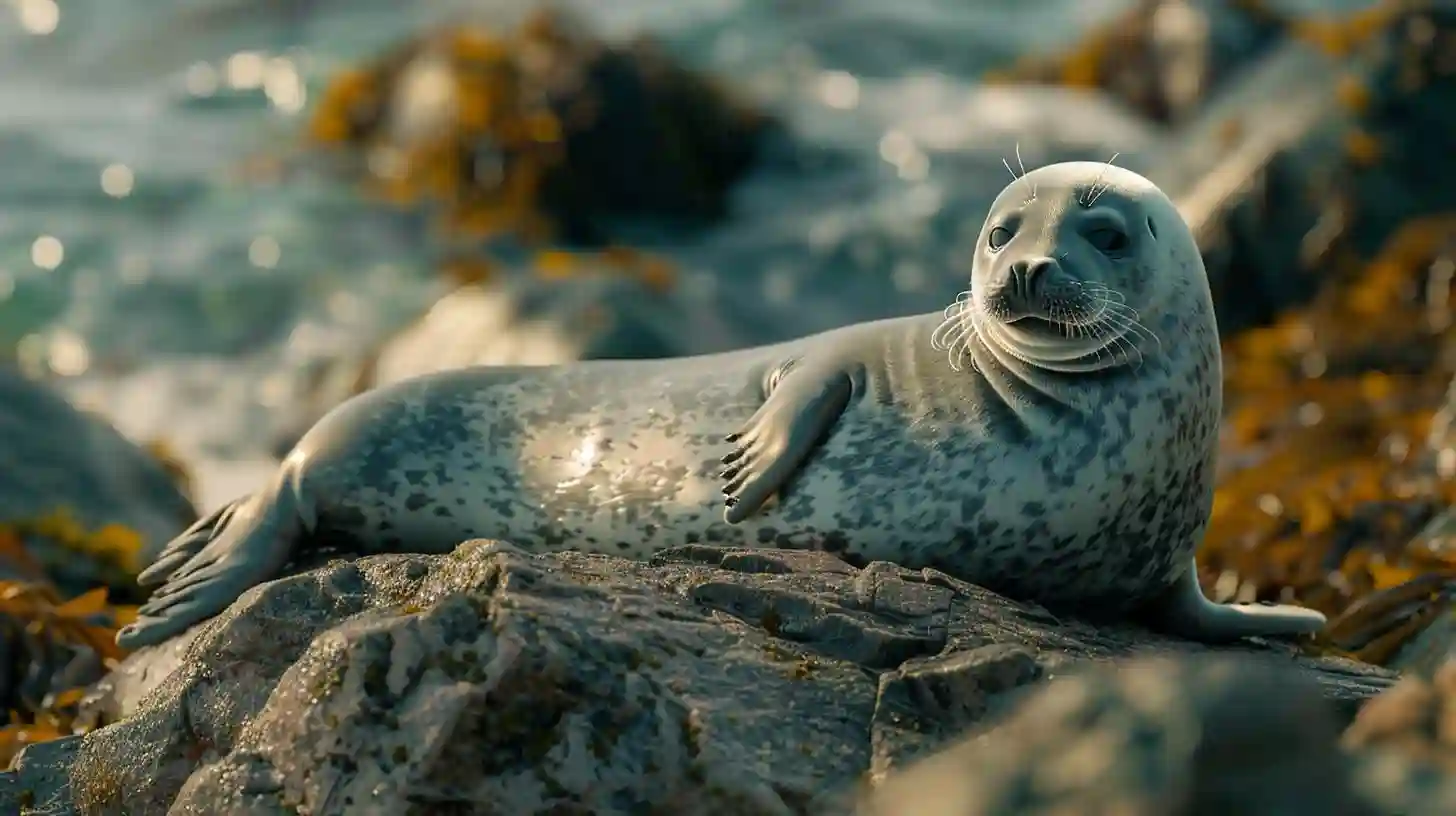
Seals are amazing creatures that have captured the hearts and imaginations of people around the world. These semi-aquatic mammals belong to the order Pinnipeds and are known for their sleek bodies, playful nature and remarkable adaptation to life in water. Seals, with their large, soulful eyes and graceful movements, are often considered symbols of the beauty and mystery of the ocean.
There are many different species of seals, each with their own unique characteristics and behavior. Some of the more famous species include the seal, gray seal, elephant seal and leopard seal. These animals can be found in a variety of habitats, from the icy waters of the Arctic to the warm waters of the tropics. Despite their diverse habitats, all seals share certain key traits that make them suitable for life in the water.
One of the most distinctive features of seals is their streamlined body, perfectly adapted for swimming. Seals have long, torpedo-shaped bodies covered in a thick layer of fat that helps them stay warm in cold water. Their limbs are modified into flippers, which allow them to move gracefully through the water using a combination of powerful strokes and undulating movements. Seals are also equipped with large, sensitive eyes that help them navigate underwater, as well as acute hearing that allows them to detect prey and avoid predators.
Seals are highly social animals and are often found in large colonies, especially during the breeding season. Male seals are usually larger and more aggressive than females and will compete for access to mating opportunities. Female seals give birth to one pup each year, which they care for with great devotion. Seal mothers are known for lovingly caring for their pups, feeding them rich milk and teaching them important survival skills. Puppies are weaned after a few weeks, but remain with their mothers for several months before starting to live on their own.
Seals are opportunistic feeders that eat a wide variety of prey, including fish, squid and crustaceans. Some seal species are known for their impressive hunting skills, such as the leopard seal, which is a formidable predator in Antarctic waters. Despite their reputation as skilled hunters, seals themselves are vulnerable to predation, especially from larger predators such as sharks and killer whales. To protect themselves from predators, seals often venture onto land or ice where they can rest and bask in the sun.
Humans have long been fascinated by seals and have interacted with them in a variety of ways throughout history. In some cultures, seals are revered as sacred animals, while in others they are hunted for their meat, fur and oil. Today, seals face a number of threats from human activities, including habitat destruction, pollution, and overfishing. Efforts are being made to conserve seals and their habitat, but much remains to be done to ensure the long-term survival of these remarkable creatures.
Seals are truly remarkable animals that have captured the hearts of people around the world. With their sleek bodies, playful nature and remarkable adaptations to life in the water, seals are a symbol of the beauty and mystery of the ocean. By learning more about seals and the challenges they face, we can all work together to protect these amazing creatures for future generations.